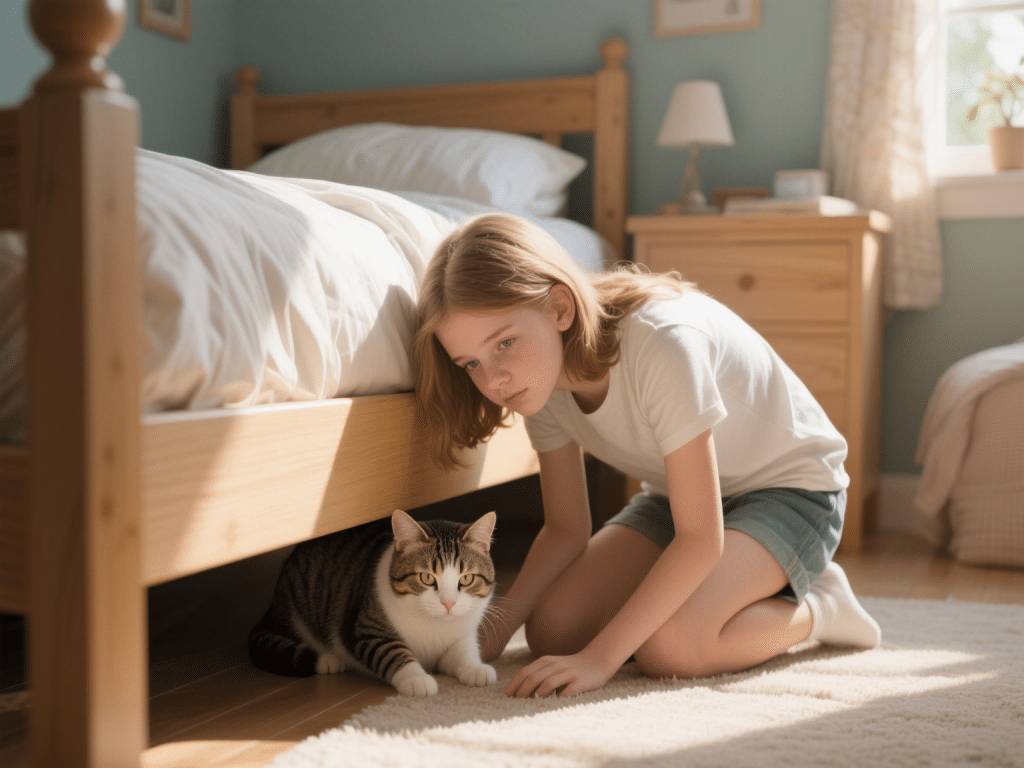
Why Is My Cat Hiding? Signs, Causes, and Solutions
Cats instinctively seek hidden, enclosed spaces to feel safe. However, prolonged or excess...
Sugar gliders are popular exotic pets, as they're small, cute, and unique little marsupials that are native to Australia and parts of Indonesia. Their bodies are similar to squirrels, with gray fur and black markings. They also have a gliding membrane—a thin, skin-like structure that extends from the front to back limbs on each side, almost like wings—that helps them travel among trees.
Sugar gliders make for playful, curious, and social pets that bond with their owners. But they do require frequent handling to keep them tame, along with ample space for exercise. Plus, they have a very particular diet. These animals are not for beginner pet owners, and you should put considerable effort into educating yourself about the species before acquiring a sugar glider, especially since they can live up to 15 years, on average. Then, expect to spend multiple hours per day tending to them.
Learn more about sugar gliders, including their temperament and various care needs.
COMMON NAME: Sugar glider
SCIENTIFIC NAME: Petaurus breviceps
ADULT SIZE: 5 to 8 inches long (tail adds another 6-8 inches); weighs between 2 and 5 ounces
LIFESPAN: 10 to 15 years in captivity
Before getting a sugar glider, there are legal and ethical concerns to consider.
Sugar gliders are illegal in several states, including Alaska, Hawaii, and California. But even if your state allows them, make sure they are legal at the local level. And in some locations, they require permits to keep. This may be due to efforts to prevent depletion of wild populations.
The best way to determine whether it's legal for you to own a sugar glider is to go to the UDSA's APHIS website and look up the laws in your locality.
Sugar gliders are highly social animals that need lots of activities, a large living space, and plenty of socializing. For these reasons, many experts believe that sugar gliders are not smart pets to have because the animals will suffer and possibly experience depression if their needs are not met.
Before you purchase or adopt a sugar glider, ask yourself these questions:
Many people find pet sugar gliders to be endearing and entertaining. They are quick, love to climb, and will glide from place to place if their space allows it. Plus, as nocturnal animals (meaning they're most active at night), they like to cuddle up in a cozy nest during the day to sleep.
In the wild, sugar gliders live in groups of about seven adults and their babies. Because they are social animals, it's usually ideal to have more than one sugar glider (one male and at least one female). However, they need to be kept away from pets of other species in the household, like cats and dogs, as they might injure one another.
Regular human interaction is very important if you want your glider to bond with you. Allowing a sugar glider to ride in your shirt pocket or in a pouch that hangs around your neck is an easy way to interact with them throughout the day.
If your glider isn't used to being handled, it can take some time for them to become cuddly with you. Sugar gliders generally are not aggressive pets, but they will bite if they feel threatened or frightened. It's key to be very patient and gentle when handling them.
Furthermore, sugar gliders are rather vocal pets and have various noises to tell you when they're upset, frightened, hungry, and more. They typically will give an audible warning when they are angry before attempting to bite. You might hear this sound if you wake a sleeping glider.
Sugar gliders generally are not aggressive pets, but they will bite if they feel threatened or frightened. It's key to be very patient and gentle when handling them.
An enclosure that's 36 inches wide by 24 inches deep by 36 inches high is a good minimum size for a pair of sugar gliders. Bigger is always better, and the height is more valuable than the floor space due to the climbing and gliding activities of these little marsupials. These animals should be able to glide in their enclosure, so you can also consider an aviary.
The cage wire spacing should be no more than a 1/2 inch wide, and the bars should be horizontal to facilitate climbing. The interior of the cage should contain lots of toys and a closed exercise wheel so the glider's tail doesn't get caught. Branches, ropes, and ladders will also provide opportunities for climbing, play, and exercise. Place a nest box near the top of the enclosure as a spot where your glider can go to feel safe and sleep.
The latch on the cage door should be very secure, as gliders are clever and have been known to learn how to open simple latches.
Keep the cage away from direct sunlight and drafts. Maintain a room temperature between 70-90 degrees Fahrenheit, as they prefer higher temperatures.
Most illnesses that affect sugar gliders are due to unsanitary living conditions. Keep your sugar glider’s home in good condition with these tips:
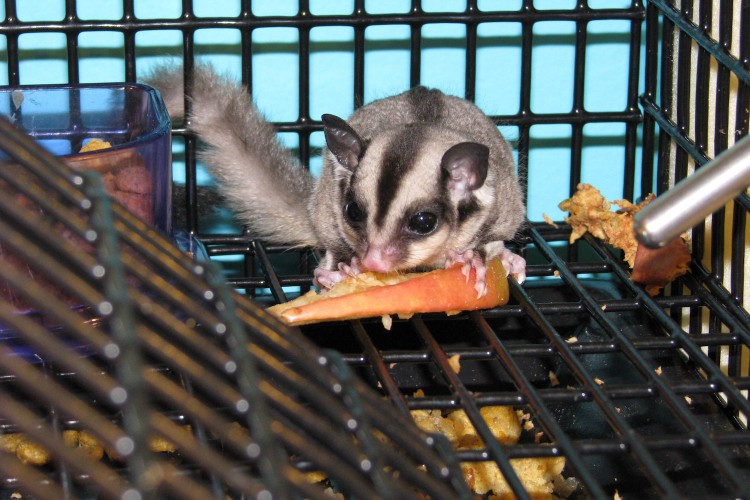
Sugar gliders have fairly strict dietary requirements. In the wild, a sugar glider's diet includes nectar and sap from trees. But sugar gliders are omnivorous, meaning they eat plants and animals. In addition to the nectar and sap, they also consume fruit, insects, and even small birds or rodents.
Some of the fruits, vegetables, and insects you can feed your sugar glider include:
For pet sugar gliders, variations of the homemade Bourbon's Modified Leadbeater (BML) diet are very popular. Honey, calcium powder, and baby cereal are often used in these recipes to provide proper nutrition to your glider. Fresh fruits and vegetables should be offered in moderation, at less than 10% of the total diet, because many lack essential vitamins, minerals, and protein and contain mostly water.
Many owners put out meals in small food bowls in the morning and at night. But some sugar gliders tend to graze rather than eat a full meal at once. So don't be concerned if you see some food left over, but do discard leftovers prior to the next meal to prevent them from spoiling.
Consult your veterinarian on the best quantity to feed your glider, as this can vary based on age, size, and activity level. And always keep a water dish or bottle in the cage, which should be refreshed at least daily.
Sugar gliders can develop a variety of health issues, such as:
Sugar gliders are very active animals, which is one of the reasons they need such a large enclosure. They need branches and ropes and anything else safe for them to climb, including exercise wheels and balls.
Sugar gliders are excellent groomers, and you will not need to bathe yours. They literally bathe themselves by spitting into their hands.
Sugar gliders shed minimally, if at all. Their fur is nothing you need to worry about unless it starts to look unkempt, at which point a visit to the vet would be in order.
Fully grown sugar gliders are 5 to 8 inches long, not including their tails, and they weigh between 2 and 5 ounces.
Sugar gliders generally can't be potty trained, but they are otherwise fairly clean pets. Once you have their enclosure set up, it's pretty easy to maintain. Their greatest care needs are maintaining a balanced diet and socialization.
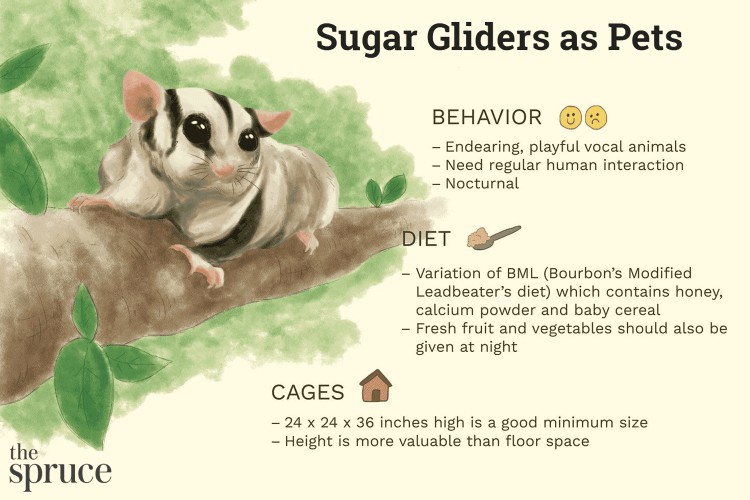
The Spruce / Catherine Song
Sugar gliders are adorable, but are they the right pet for you?
On the pro side, they're fun and active and live longer than other "pocket" type pets. They're also clean and rarely bite.
When it comes to cons, though, you need more than one sugar glider for to meet their social needs. Also, they're nocturnal, so they aren't as much fun during the day. And they really don't interact well with other pets, such as cats and dogs, you may have.
Look for a reputable breeder or rescue organization to acquire a glider. A breeder should have a U.S. Department of Agriculture license. Avoid purchasing over the internet where you can't interact with the animal before you commit. And try to speak with other people who also have gotten an animal from that seller. A breeder should also be able to give you the lineage of your new pet, as well as their history, so you can be sure they've been ethically bred and are healthy.
The seller should be able to provide thorough information on the animal's origin, health history, and temperament. Ask to visit with the animal before you take them home, and look for any red flags, such as lethargy, trouble moving around, or abnormal feces. Expect to pay between $100 and $500 on average; young gliders are more expensive.
If you’re interested in similar pets, check out:
Otherwise, check out other exotic animals that can be your new pet.
For the right pet owner with the right amount of experience, time, and patience, a sugar glider can be a great pet. These animals have very specific requirements in terms of housing, diet, and interaction, and even need to be kept within a certain temperature range. There are a lot of responsibilities that come with caring for these social animals.
In certain locations, it is illegal to keep a sugar glider as a pet. Check your state and local laws to be sure you can have one before adopting or purchasing a sugar glider.
On average, a sugar glider costs $100 to $500. Be sure to purchase from a reputable breeder, or look for sugar gliders that are up for adoption.

Cats instinctively seek hidden, enclosed spaces to feel safe. However, prolonged or excess...
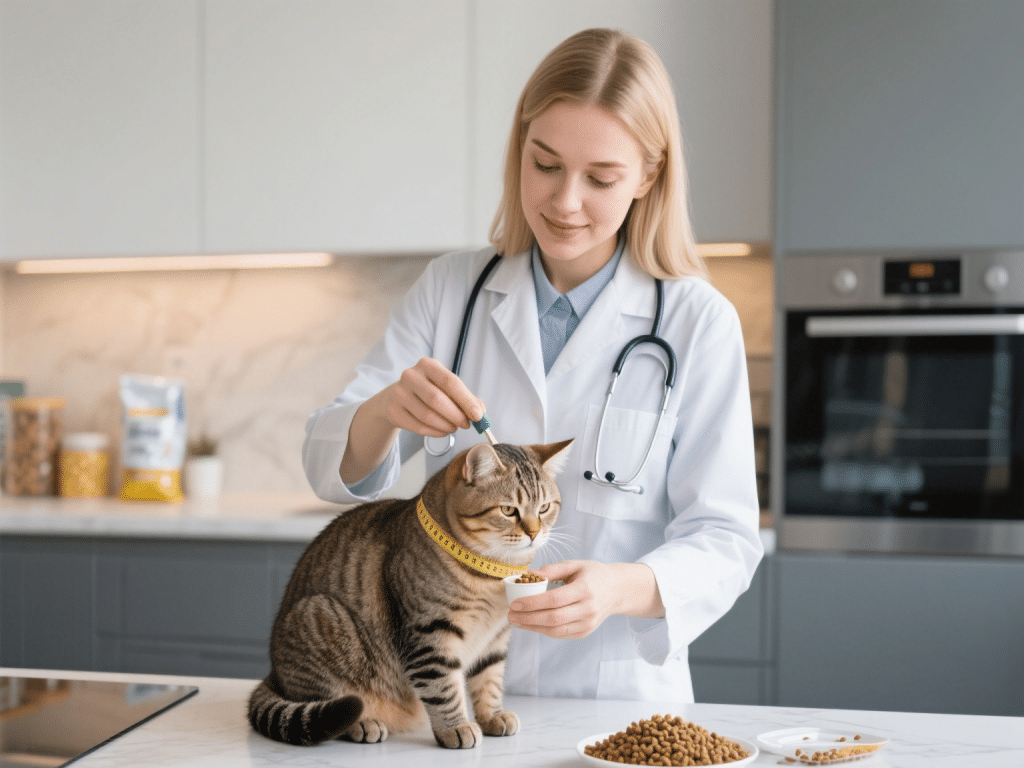
Obesity affects nearly 60% of indoor cats, predisposing them to diabetes, hepatic lipidosi...
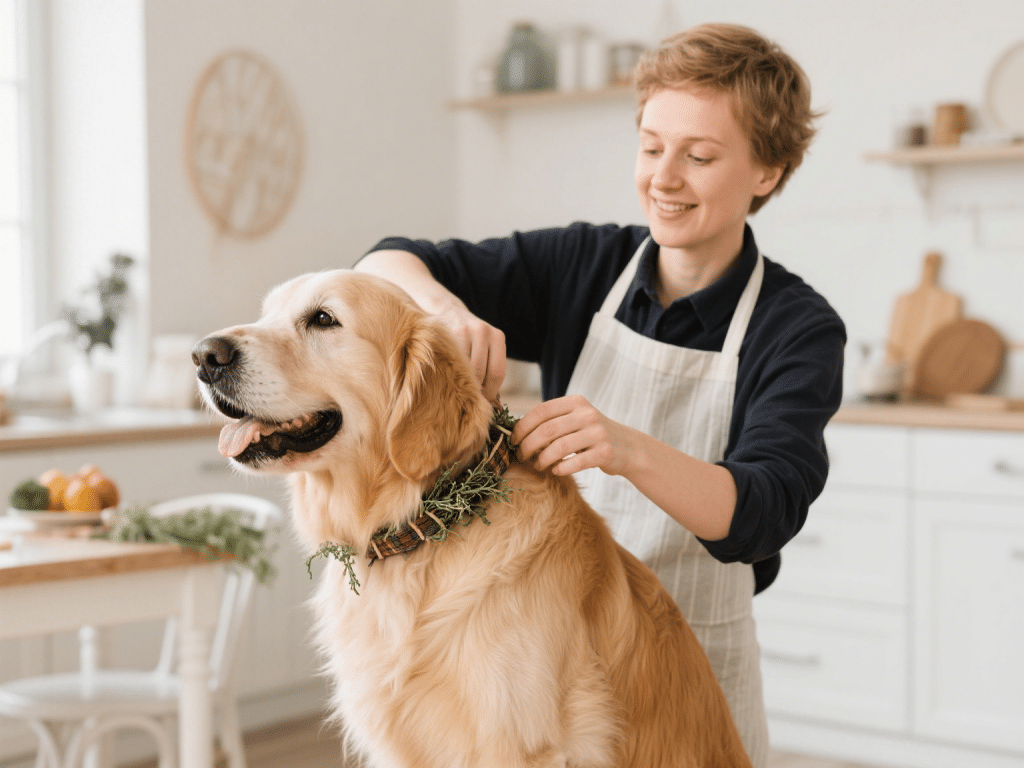
Fleas can turn a peaceful household into a scratching nightmare. Commercial flea collars o...

IntroductionRegular cat claw maintenance is vital to prevent overgrowth, reduce furniture ...
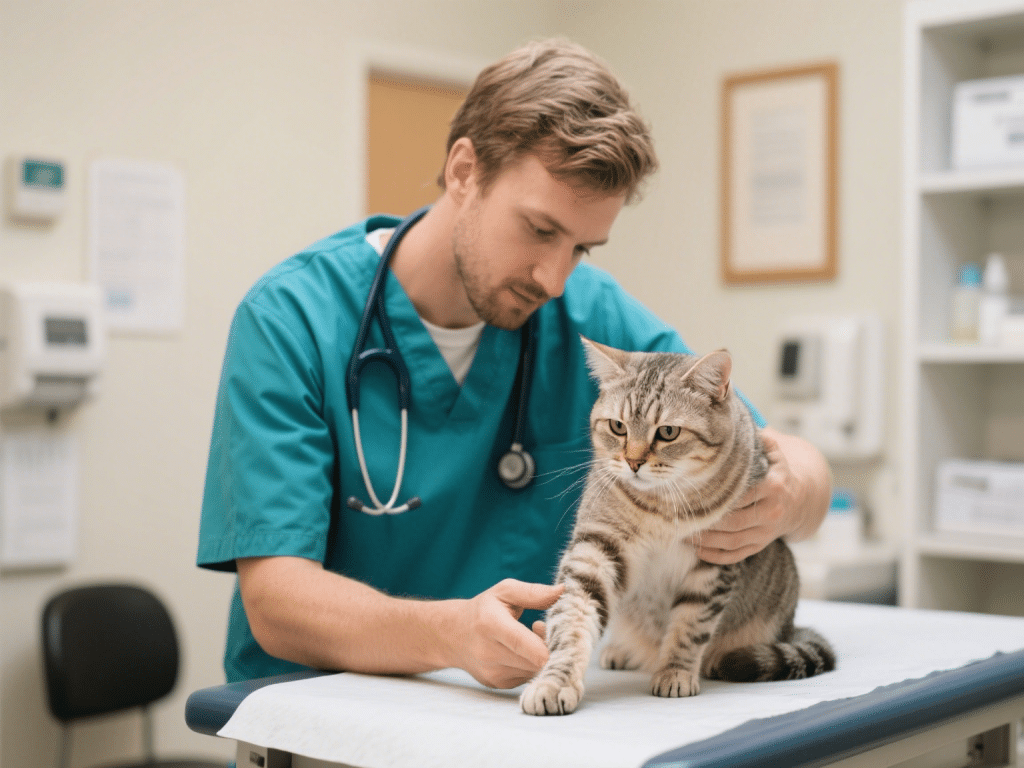
IntroductionArthritis affects up to 90% of cats over 10 years old, causing pain, stiffness...
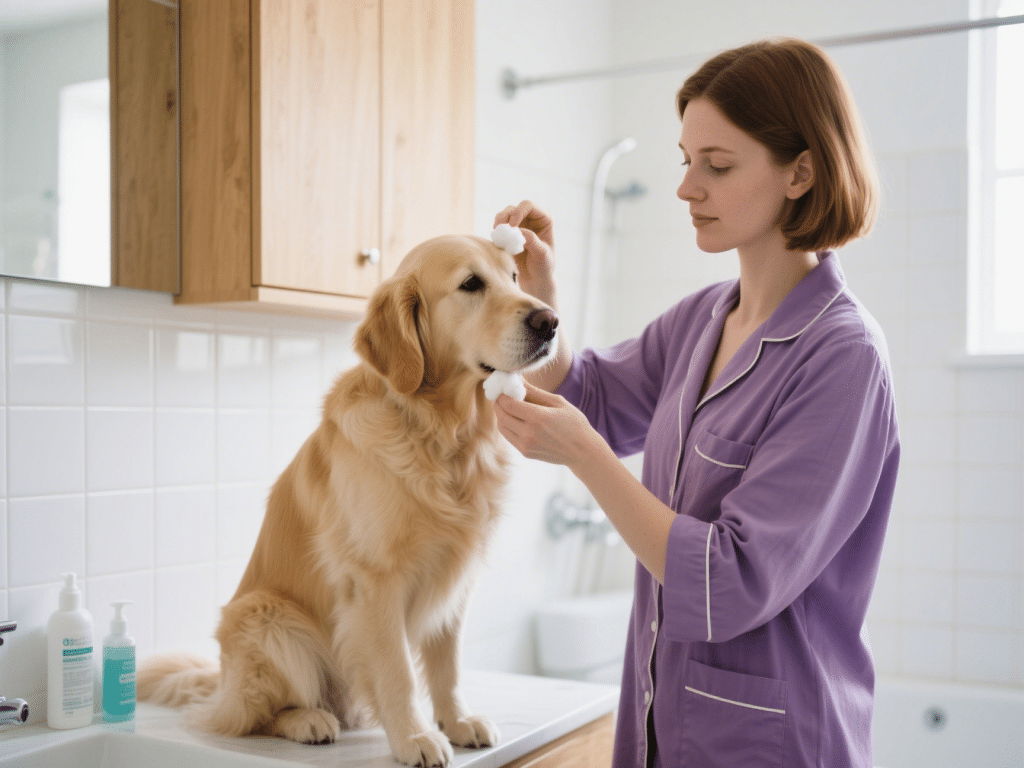
Why Dog Ear Care is Non-NegotiableCanine ear health directly impacts overall wellbeing. Do...
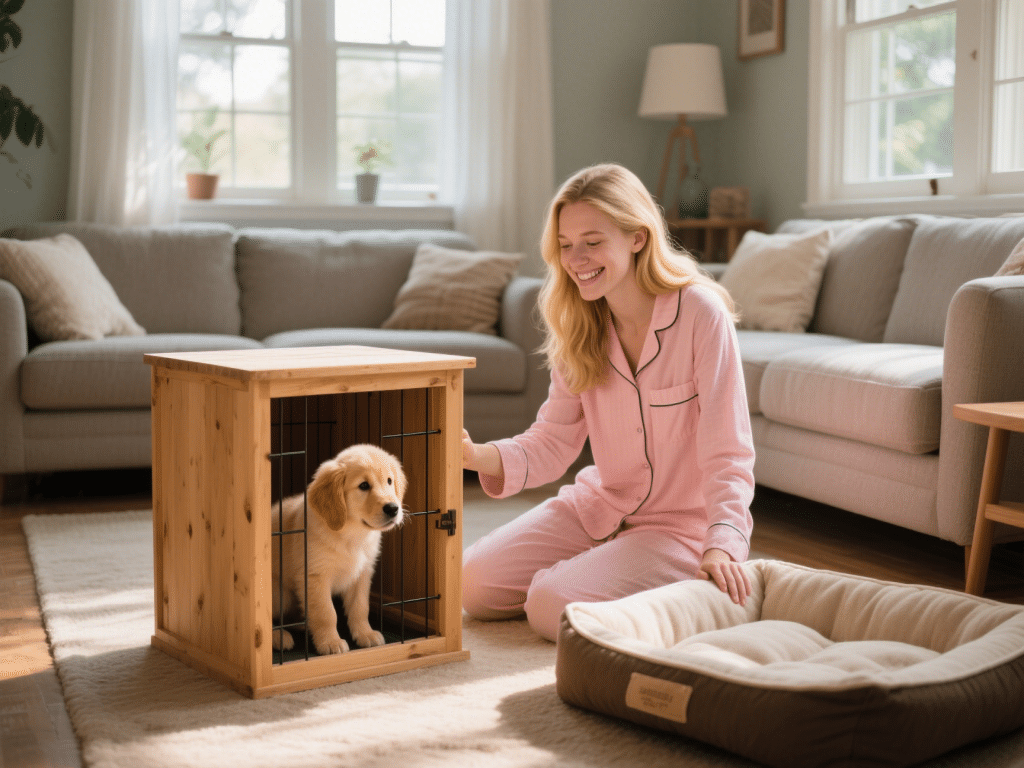
Why Crate Training MattersCrate training leverages a dog’s natural denning instinct to c...

IntroductionCat owners increasingly seek ways to reduce their environmental footprint with...
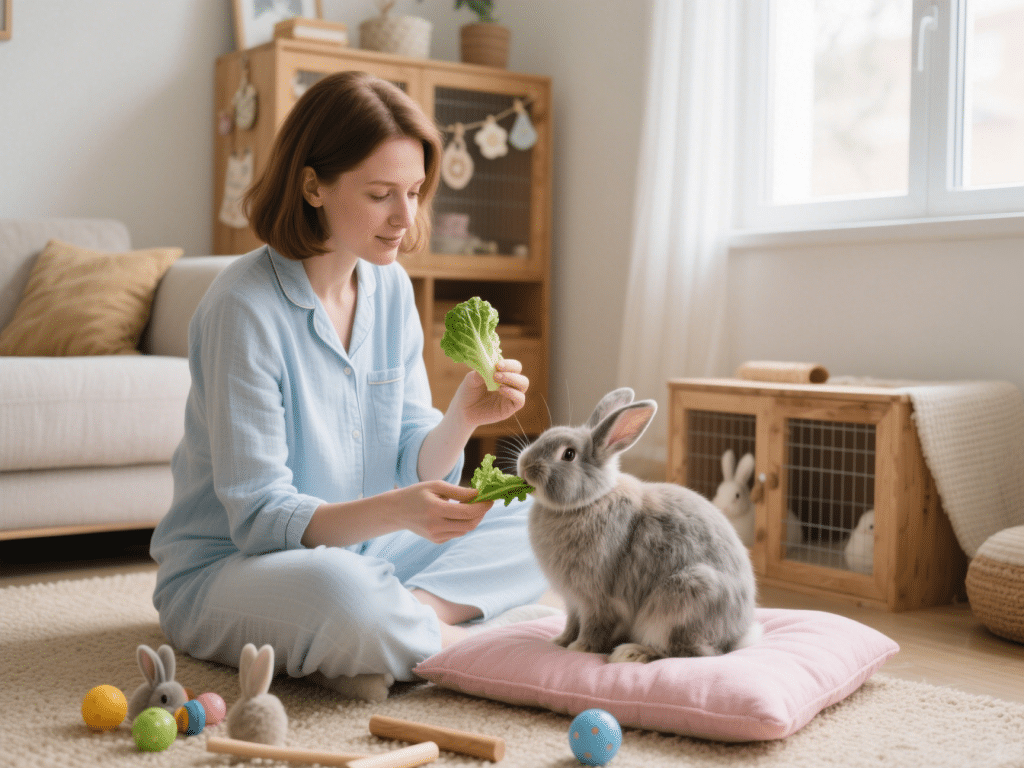
How to Care for a Pet Rabbit: Essential Tips and Tricks for BeginnersIntroductionRabbits a...
Comments on "Should You Keep a Sugar Glider as a Pet?" :